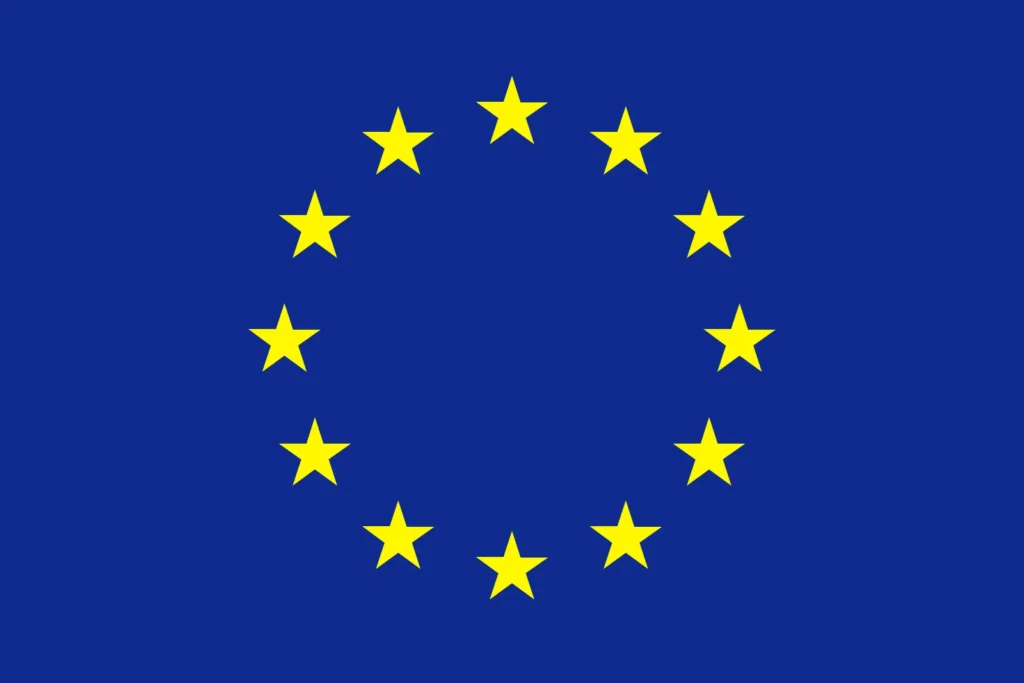
The European Union has indeed announced plans to impose a carbon tariff on imports, specifically targeting goods that emit high levels of carbon dioxide during production. This move aims to level the playing field for European industries that are already subject to strict environmental regulations.
Key Aspects of the EU’s Carbon Border Adjustment Mechanism (CBAM):
Affected Goods: The CBAM will apply to imports of steel, iron, cement, fertilizers, aluminum, and electricity, as well as hydrogen.
Carbon Pricing: Importers will need to buy digital certificates to cover the greenhouse gas emissions associated with the production of these goods. The price of these certificates will be linked to the cost of permits in the EU carbon market.
Implementation Timeline: The CBAM is set to be implemented starting January 1, 2026, with a transition period where companies will need to report on data related to the goods they export to the EU without being taxed on carbon emissions.
Exemptions: Countries with similar climate change policies to the EU, such as those in the European Economic Area (EEA), might be exempted. However, countries with high climate ambition, like the US and UK, are not automatically exempt.
Revenue Generation: The CBAM is expected to generate significant revenue, potentially up to $2.4 billion by 2030.
Rationale Behind the CBAM:
Leveling the Playing Field: The CBAM aims to prevent European industries from being undercut by cheaper goods from countries with less stringent environmental regulations.
Reducing Emissions: By imposing a carbon price on imports, the EU hopes to encourage companies to reduce their greenhouse gas emissions and adopt cleaner production methods .
Potential Impact:
Trade Relations: The CBAM may affect trade relations between the EU and countries that do not have similar carbon pricing mechanisms in place. Some countries, like the US, China, India, and Brazil, have expressed concerns about the potential impact on trade.
Global Emissions: The CBAM is expected to help reduce global emissions by encouraging companies to adopt cleaner production methods and improve reporting frameworks .The European Union has indeed announced plans to impose a carbon tariff on imports, specifically targeting goods that emit high levels of carbon dioxide during production. This move aims to level the playing field for European industries that are already subject to strict environmental regulations.
Key Aspects of the EU’s Carbon Border Adjustment Mechanism (CBAM):
Affected Goods: The CBAM will apply to imports of steel, iron, cement, fertilizers, aluminum, and electricity, as well as hydrogen.
Carbon Pricing: Importers will need to buy digital certificates to cover the greenhouse gas emissions associated with the production of these goods. The price of these certificates will be linked to the cost of permits in the EU carbon market.
Implementation Timeline: The CBAM is set to be implemented starting January 1, 2026, with a transition period where companies will need to report on data related to the goods they export to the EU without being taxed on carbon emissions.
Exemptions: Countries with similar climate change policies to the EU, such as those in the European Economic Area (EEA), might be exempted. However, countries with high climate ambition, like the US and UK, are not automatically exempt.
Revenue Generation: The CBAM is expected to generate significant revenue, potentially up to $2.4 billion by 2030.
Rationale Behind the CBAM:
Leveling the Playing Field: The CBAM aims to prevent European industries from being undercut by cheaper goods from countries with less stringent environmental regulations.
Reducing Emissions: By imposing a carbon price on imports, the EU hopes to encourage companies to reduce their greenhouse gas emissions and adopt cleaner production methods .
Potential Impact:
Trade Relations: The CBAM may affect trade relations between the EU and countries that do not have similar carbon pricing mechanisms in place. Some countries, like the US, China, India, and Brazil, have expressed concerns about the potential impact on trade.
Global Emissions: The CBAM is expected to help reduce global emissions by encouraging companies to adopt cleaner production methods and improve reporting frameworks .






